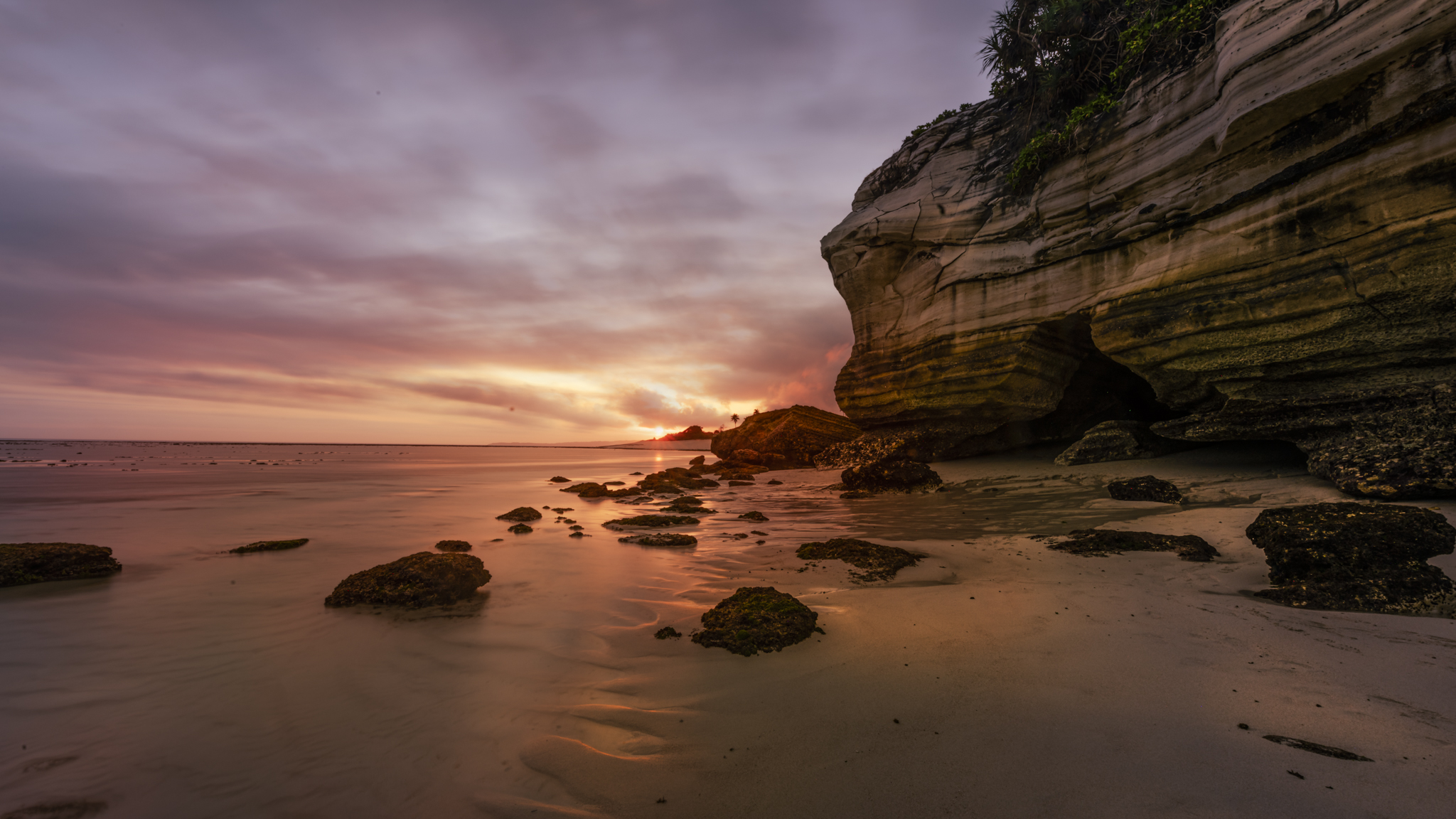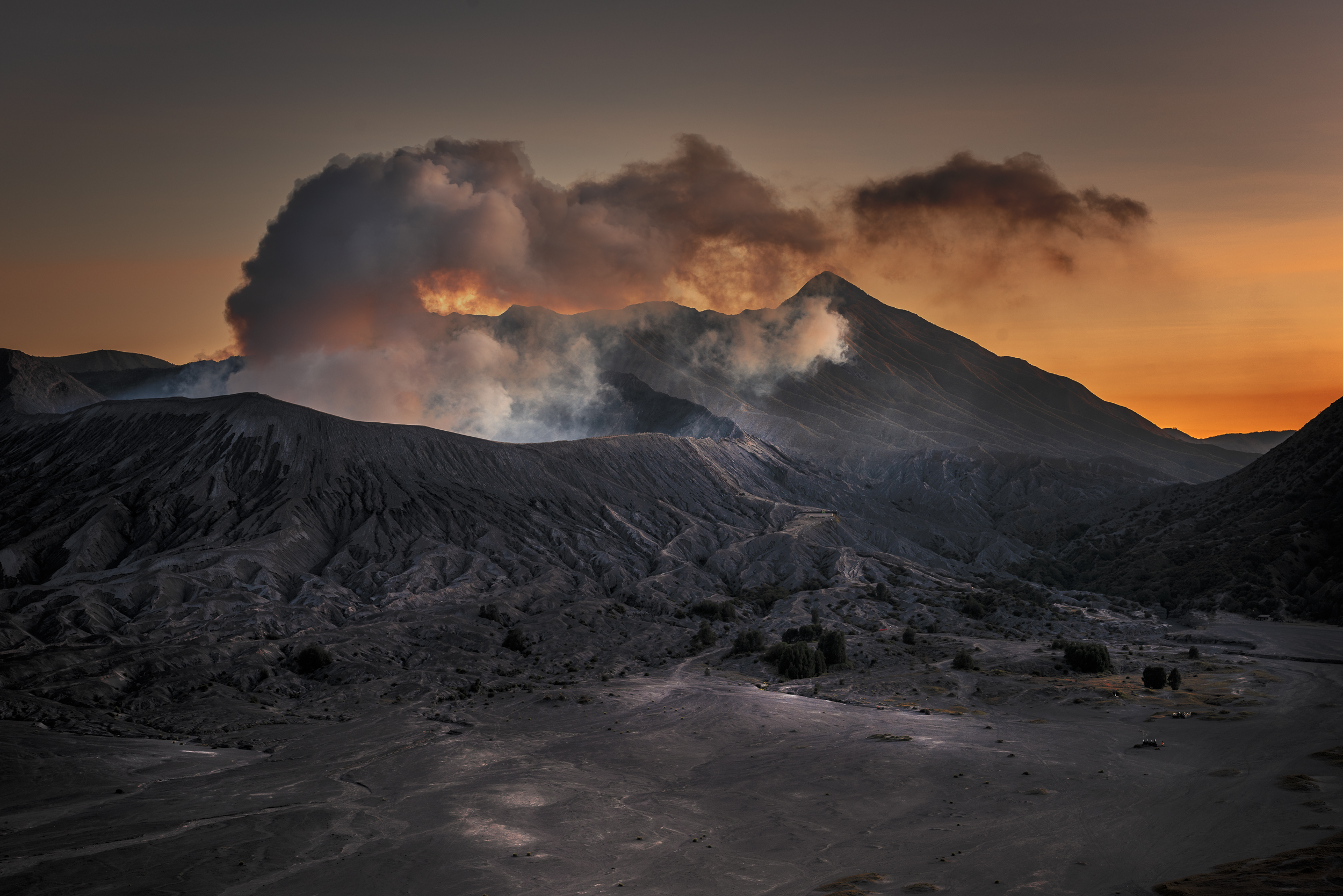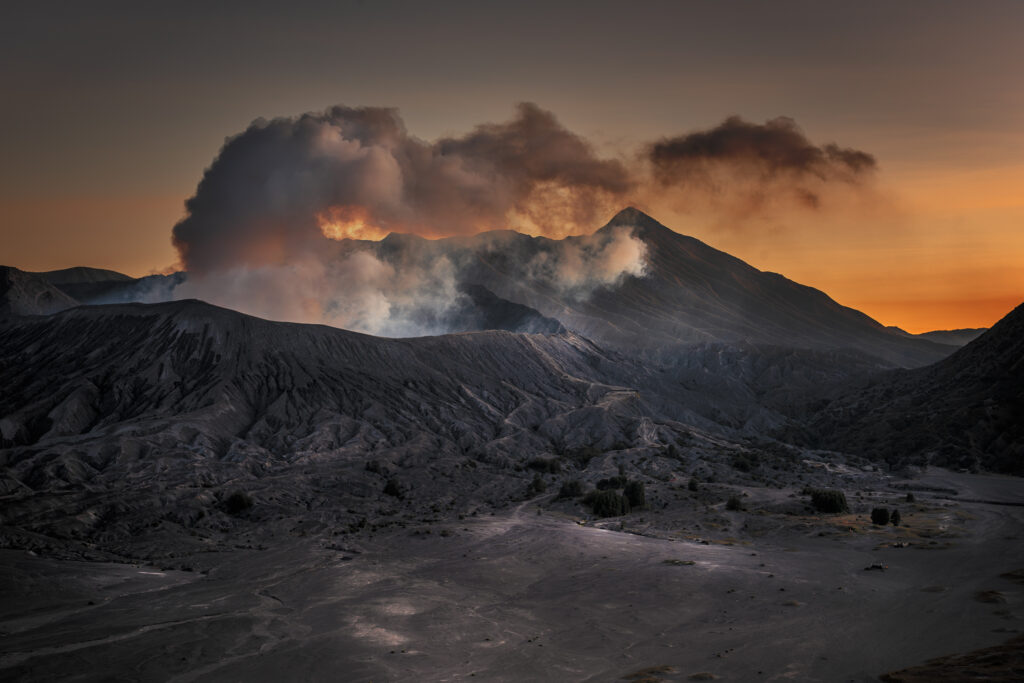Landscape photography is an art form that allows you to capture the beauty of nature in all its glory. To truly capture the essence of a landscape, it’s important to take photos that are sharp and detailed, capturing every aspect of the scene with precision. Whether you’re a seasoned photographer or just starting out, there are several techniques you can use to ensure your landscape photos are sharp and detailed. In this introduction, we will explore some of these techniques, including choosing the right equipment, using the correct camera settings, and composing your shots effectively. By mastering these techniques, you’ll be able to create stunning landscape photos that showcase the beauty of nature in all its sharp and vivid detail. So, let’s dive in and discover how to capture sharp and detailed landscape photos.

A title
Image Box text

Kelingking Beach
Nusa Penida

SUMBA
Indonesia

MOUNT BROMO
Indonesia
5 Important techniques
-
Use a tripod: A stable base is essential for capturing sharp landscape photos. Using a tripod helps to eliminate camera shake and allows you to take longer exposures without introducing blur. It also allows you to take multiple shots of the same scene at different settings for blending in post-processing.
-
Choose the right aperture: Using a narrow aperture (higher f-stop number) can help to create a greater depth of field, which ensures that the entire landscape is in sharp focus. However, using too narrow an aperture can result in diffraction, which can reduce sharpness. Experiment with different apertures to find the sweet spot for your lens.
-
Adjust your shutter speed: A faster shutter speed is necessary for capturing sharp photos of moving objects such as clouds, water, or people. Depending on the situation, you may need to use a faster shutter speed to avoid camera shake or a slower shutter speed to capture motion blur.
-
Use manual focus: Autofocus can struggle in low light conditions or when there is no clear subject to lock onto. In such cases, switching to manual focus and using live view can help you to achieve the desired focus point and sharpness.
-
Check your camera settings: Ensure that your camera settings are optimized for landscape photography. This includes using the lowest ISO possible to reduce noise, shooting in RAW to retain as much detail as possible, and turning off any image stabilization or vibration reduction when using a tripod.



